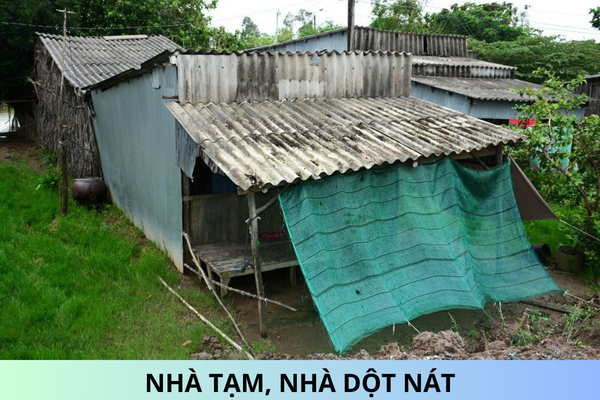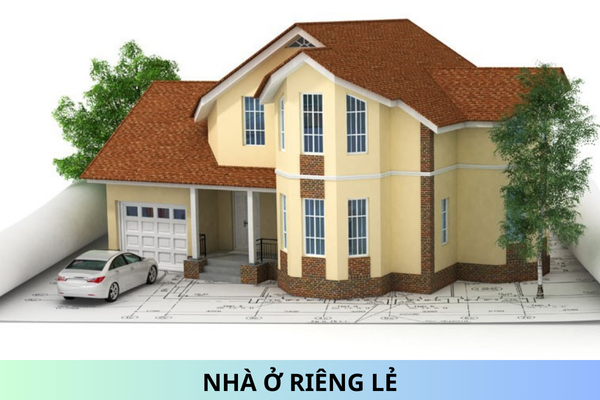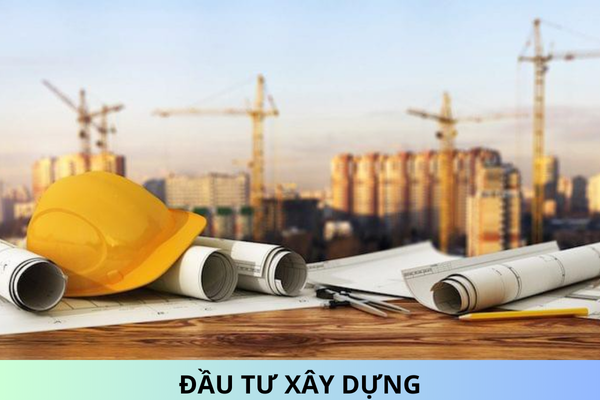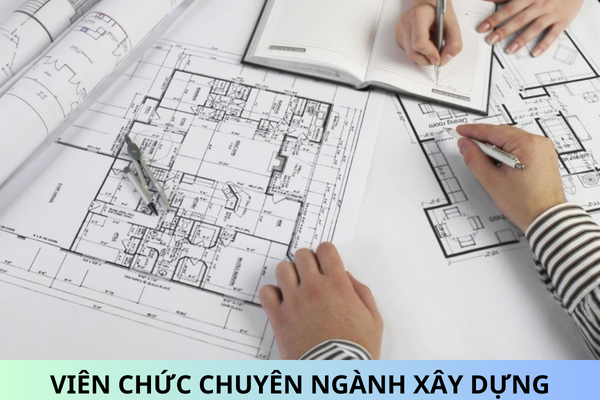What are the noise and vibration standards in ensuring safety at construction sites in Vietnam?
What are the noise and vibration standards in ensuring safety at construction sites in Vietnam? What are the standards for biological agents in ensuring safety at construction sites in Vietnam?
What are the noise and vibration standards in ensuring safety at construction sites in Vietnam?
Pursuant to Section 2.18.8 of the National technical regulation on safety in construction QCVN 18:2021/BXD promulgated together with Circular 16/2021/TT-BXD stipulating noise and vibration regulations in ensuring safety at construction sites as follows:
2.18.8.1 In order to reduce harmful effects on workers due to noise and vibration from construction machines and equipment, employers are responsible for taking the following measures:
a) Prioritize the use of construction machines, equipment, construction processes and methods with low noise and vibration as prescribed in 2.18.8.2;
b) Reasonably arrange work so that employees can reduce their exposure to much or the time of direct contact with machines, equipment and activities with noise and vibration as prescribed in 2.18.8.3;
c) Provide employees with PPE (the type that can be used with a helmet) to protect their hearing when the noise exceeds the allowable limit as prescribed in QCVN 24:2016/BYT and other regulations other laws on OSH;
d) Provide suitable protective gloves for workers when the vibration exceeds the allowable limit specified in QCVN 27:2016/BYT.
2.18.8.2 Types of construction machines and equipment, appropriate and modern technical solutions and technologies should be considered and prioritized for selection to minimize the influence of noise and vibration as follows:
a) Use hammer (machine, equipment) to drill, break hydraulic, electro-pneumatic instead of hammer (machine, equipment) to drill, break pneumatic;
b) Use of compactors and vibrators; hammer (machine, equipment) drill with remote control;
c) Use of soundproof housing and improved design for compressed air exhaust systems, cutters, blades, saws and exhaust pipes of internal combustion engines as well as their engines;
d) Measures to better support or maintain hand tools to reduce the effects of vibrations or to better reduce vibrations in handling vehicles, machines (including car seats, engines).
2.18.8.3 Employers must give priority to employees to reduce the time of direct exposure to noise and vibration while operating the following machines and equipment:
a) Hammer, drill, break; compressor;
b) Hand-held equipment with high noise and vibration (for example, nail guns, screws);
c) Manual vibrating compactors, especially when working in cold weather conditions.
What are the standards for biological agents in ensuring safety at construction sites in Vietnam?
Pursuant to Section 2.18.10 of the National technical regulation on safety in construction QCVN 18:2021/BXD promulgated together with Circular 16/2021/TT-BXD stipulating standards for biological agents in ensuring safety at construction sites in Vietnam as follows:
2.18.10.1 In areas where there are diseases or biological agents such as harmful organisms, microorganisms, insects, viruses that can cause danger or disease to people, investors and employers Actions must implement biological control and prevention measures taking into account the mode of transmission according to regulations and guidelines of competent health authorities; Give special attention to the following factors:
a) Provide adequate information to workers about epidemics, dangerous and harmful biological agents at the construction site;
b) Arrange toilets for employees according to the regulations of QCVN 01:2011/BYT;
c) Take specific measures against harmful organisms (for example, rats and insects) according to regulations and guidelines of the Ministry of Health;
d) Sanitize and disinfect with suitable chemicals and vaccinate employees;
dd) Prepare appropriate antidotes, preventive and curative drugs (especially for construction sites in remote and remote areas, places far from medical facilities);
e) Fully equipped with suitable PPE (such as pants, shirt, shoes, boots, gloves, protective glasses, hat, protective means) and take other appropriate precautions.
Best regards!











